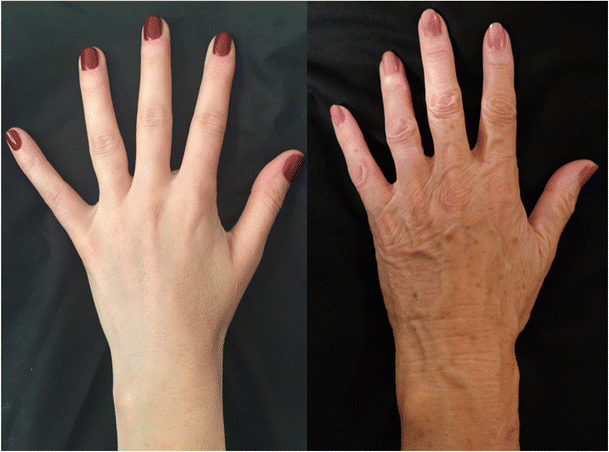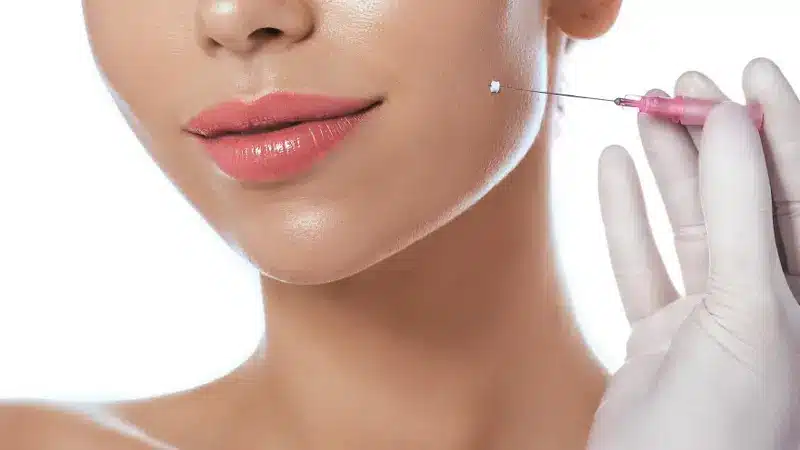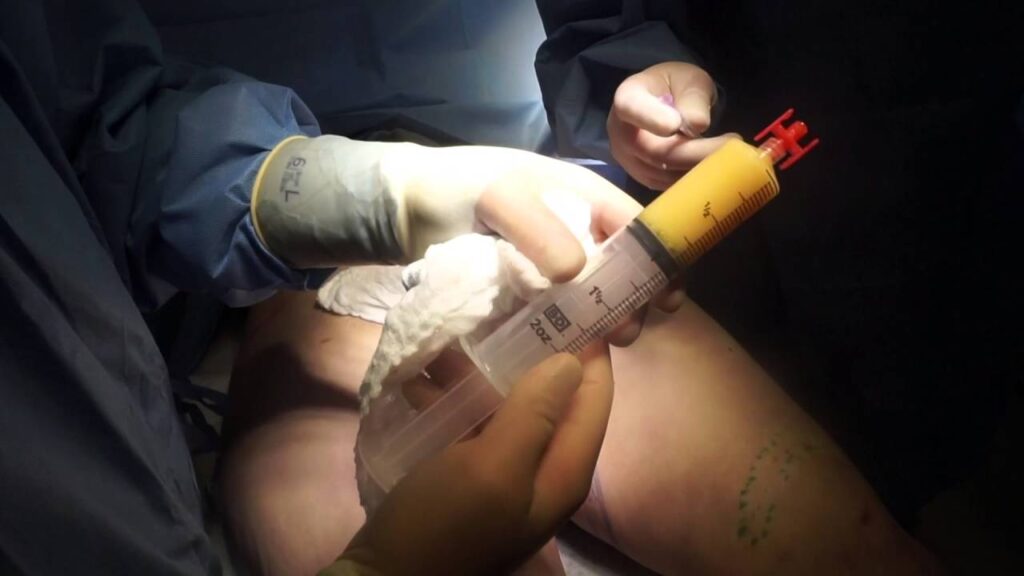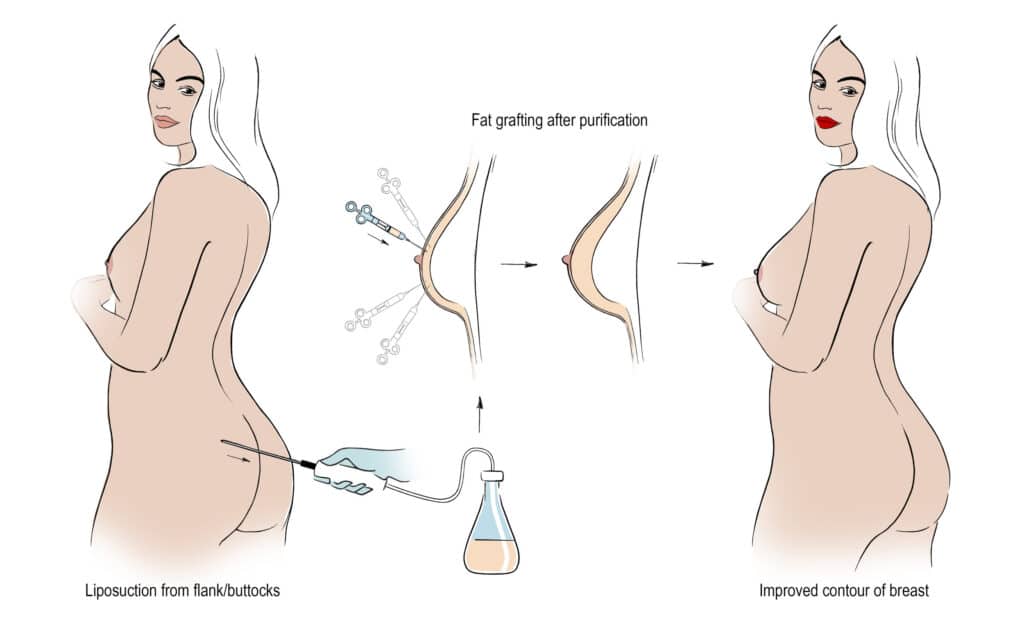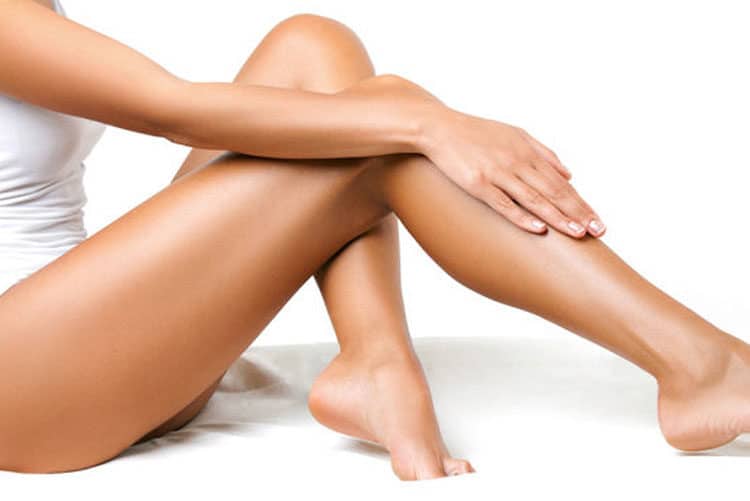Ever wondered how plasma gas technology can transform your skin? This innovative treatment harnesses the power of ionized gas to rejuvenate and heal. It’s not just a trend; it’s a game-changer in skincare. Plasma gas technology stimulates collagen production, reduces wrinkles, and improves skin texture with a pen.
Imagine achieving a youthful glow without invasive procedures. This method is gaining traction for its effectiveness and minimal downtime. It’s perfect for those seeking results from plasma therapy without the hassle of traditional treatments, including plasma skin regeneration and plasma pen technology using plasma pens. Dive into this guide to discover how plasma gas technology works for your skin and why it might be the solution you’ve been searching for.
Key Takeaways
- Plasma gas technology uses ionized gas to stimulate skin regeneration, making it a valuable option for improving skin health.
- The treatment is effective for various skin concerns, including wrinkles, fine lines, and uneven texture, which can enhance your overall appearance.
- Ideal candidates are typically those looking for non-invasive options to rejuvenate their skin, but it’s important to consult a professional to determine suitability.
- Before undergoing treatment, consider pre-treatment guidelines such as avoiding blood thinners and sun exposure to ensure the best results.
- Follow post-treatment care tips like moisturizing and avoiding harsh products to promote healing and maximize benefits.
- Be aware of potential risks and side effects, including redness or swelling, and discuss these with your provider to make an informed decision.
Understanding Plasma Technology
Definition of Plasma
Plasma is the fourth state of matter. It differs from solids, liquids, and gases. In plasma, atoms lose their electrons. This process, often utilized in plasma therapy and involving plasma pen technology, creates a mix of ions and free electrons. The result is a charged gas that can conduct electricity.
Creation of Plasma Arc
Electrostatic energy plays a crucial role in forming plasma. When electric energy passes through a gas, such as with a plasma pen in tech, it ionizes the gas particles for plasma therapy. This ionization generates a plasma arc. The arc is visible as a glowing stream of light.
Using plasma ion technology devices, practitioners can harness this arc for various treatments. The energy emitted from the plasma can target specific skin issues. This makes it effective for cosmetic procedures.
Applications of Plasma Technology
Plasma technology finds use in many fields. In medicine, it serves multiple purposes. For example, plasma pen technology treats skin conditions like wrinkles and scars.
The treatment involves using a plasma pen device to create tiny micro-injuries on the skin’s surface. These injuries promote healing and collagen production. As a result, the skin appears firmer and rejuvenated.
Cold plasma technology is another area of interest. It operates at lower temperatures than traditional methods. This reduces discomfort during plasma therapy treatments while still delivering effective results with the plasma pen and plasma ion technology device.
In addition to cosmetic applications, plasma systems are vital in other industries. They assist in sterilization processes in healthcare settings. Plasma energy effectively kills bacteria and viruses without harsh chemicals.
Exciting Advances in Plasma Therapy Space
Recent advancements in plasma therapy space show promise for future applications. Researchers explore new ways to utilize plasma for wound healing and tissue regeneration. These developments, including plasma therapy and the plasma pen, could revolutionize how we treat various medical conditions.
Plasma devices also have potential in dermatology beyond aesthetics. They may help treat acne or psoriasis by targeting inflammation directly through plasma therapy.
How Plasma Works on Skin
Plasma Effects
Plasma vaporizes upon contact with the skin. This process creates thermal energy effects through plasma therapy and plasma ion technology that stimulate the skin. The heat from plasma treatments triggers a response in the skin cells. It promotes healing and rejuvenation.
The thermal energy causes contraction of skin tissue. This contraction leads to tighter, firmer skin. The heat also disrupts the dermis, particularly affecting fibroblasts. Fibroblasts are essential for collagen production. When they are disrupted, plasma therapy stimulates the body to produce new collagen using plasma ion technology.
Skin Tissue Response
The plasma skin regeneration process is effective due to its targeted approach. It specifically affects the upper layers of the skin. As the plasma interacts with these layers, it initiates a healing response. This response helps improve skin texture and tone.
During this process, carbon crusts form on the epidermis. These crusts are a natural byproduct of the treatment. They play a crucial role in skin rejuvenation. The crusts protect the underlying skin as it heals. They eventually fall off, revealing fresh, new skin underneath.
Treatment Options
Several types of plasma treatments exist. Cold plasma treatments use lower temperatures and are less invasive. Hot plasma treatments deliver higher temperatures for more dramatic results. Both options have their benefits depending on individual needs.
Clients often choose between ablative and non-ablative options. Ablative plasma treatments remove layers of skin for significant changes. Non-ablative methods, such as plasma therapy and plasma ion technology, focus on stimulating deeper layers without damaging the surface. Each type offers unique advantages based on desired outcomes.
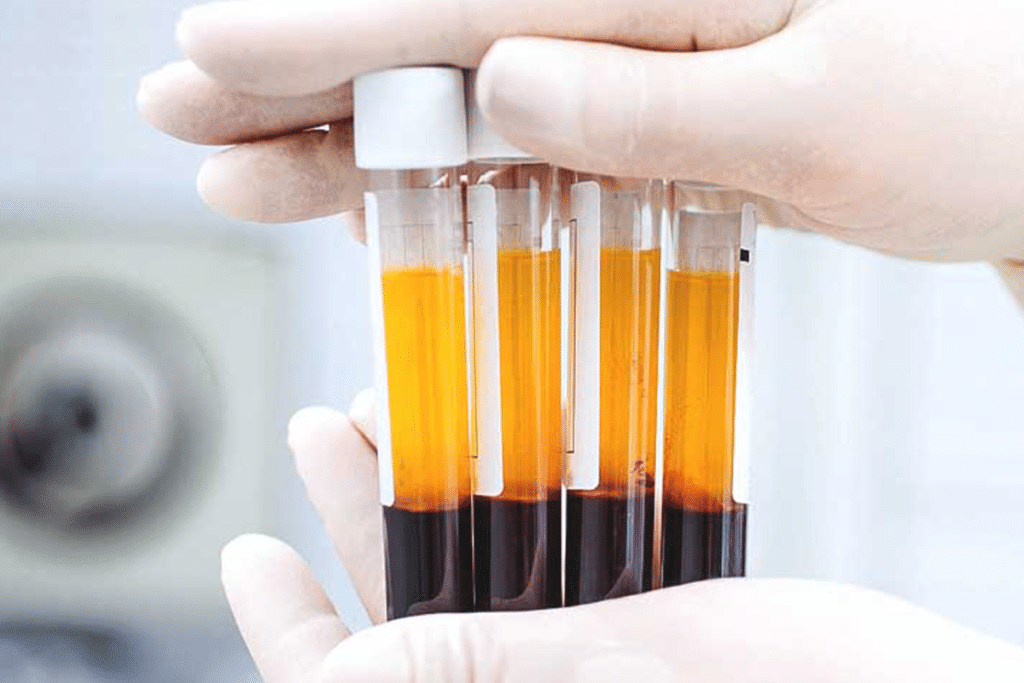
Client Experience
Many clients report positive experiences with plasma therapy. They find the procedures to be relatively painless compared to traditional methods. The plasma pen treatment is one popular option among users. It allows for precision targeting of specific areas.
Clients appreciate that recovery time is often short. Most can return to daily activities quickly after treatment. Results typically improve over several weeks as plasma ion technology enhances collagen buildup in the skin.
Plasma technology represents an innovative approach to skincare. Its ability to regenerate skin effectively makes it appealing for many individuals seeking improvement in their complexion.
Benefits for Skin Health
Non-Surgical Option
Plasma gas technology offers a non-surgical alternative to traditional cosmetic procedures. Many people seek options that do not require incisions or extensive recovery time. Plasma treatments provide effective results without the need for anesthesia or long hospital stays. This makes them appealing to those who want to improve their skin using plasma ion technology without undergoing invasive surgeries.
Targeted Areas
Specific areas of the face benefit greatly from plasma treatments. Common concerns include frown lines, crow’s feet, and loose skin. Treatments target these areas effectively. For instance, the energy output from the plasma device stimulates the epidermis. This helps to tighten the skin and reduce wrinkles. Patients often notice improvements in just a few days after treatment using plasma ion technology.
Enhanced Skin Texture
Improving skin texture is another significant benefit of plasma technology. The procedure enhances elasticity and smoothness of the skin surface. It triggers natural healing processes within the body. As a result, patients can experience a more youthful appearance. Many report feeling more confident as their skin looks healthier and rejuvenated.
Quick Recovery
Recovery times for plasma treatments are generally short. Most people return to their daily activities within days. Minor redness or swelling may occur but usually subsides quickly. This fast recovery allows individuals to enjoy their results sooner than with surgical options.
Long-Lasting Effects
The effects of plasma treatments can be long-lasting. Many patients see results that endure for months or even years. Regular follow-up sessions can enhance these results further. This creates an ongoing improvement in skin health over time.
Safe Procedure
Safety is a priority with plasma treatments. The process uses nitrogen gas, which minimizes risks associated with other methods. The hands of trained professionals operate the devices, ensuring accurate application on the skin surface. Proper training and technique reduce complications, making it a safe choice for many.
Customizable Treatments
Each treatment can be tailored to individual needs. Professionals assess each patient’s unique anatomy before starting the procedure. They adjust settings based on specific concerns and desired outcomes. This personalized approach ensures optimal results for everyone.
Ideal Candidates for Treatment
Suitable Skin Tone
Clients should have a skin tone that falls within the Fitzpatrick scale of 1 to 3. This scale categorizes skin types based on their response to sun exposure. Those with lighter skin tones tend to respond better to plasma gas technology. Darker skin tones may experience complications or less effective results. Practitioners recommend caution for individuals with darker skin, as they may be at a higher risk for hyperpigmentation.
Non-Invasive Solutions
Individuals seeking non-invasive solutions for skin tightening and rejuvenation are ideal candidates. Plasma gas technology offers an alternative to surgical procedures like blepharoplasty. Many clients prefer this method due to its minimal downtime and reduced risks. The technology works by stimulating collagen production, leading to firmer skin. This approach is attractive for those who want results without invasive surgery.
Exclusions for Treatment
Certain contraindications exclude individuals from treatment. Pregnant women should avoid plasma gas technology due to potential risks to the fetus. Those with specific medical conditions, such as autoimmune diseases or active infections, should not undergo this procedure. Therapists must evaluate each client’s health history before proceeding. It is essential to ensure that clients do not have any underlying issues that could complicate the treatment.
Consultation Importance
A thorough consultation is vital before starting treatment. Practitioners assess each client’s skin type and overall health during this process. They discuss expectations and potential outcomes with clients. This conversation helps set realistic goals for the treatment. Clients should feel comfortable asking questions about the procedure and its effects.
Device Selection
Different brands offer various devices for plasma gas technology. Each device may have unique features tailored to specific needs. Practitioners often choose devices based on their training and experience with particular models. It’s crucial to select a device known for safety and effectiveness in treating suitable candidates.
Insurance Considerations
Insurers typically classify plasma gas technology as an elective procedure. Coverage may vary depending on individual plans and reasons for treatment. Clients should check with their insurers beforehand to understand potential costs involved.
Pre-Treatment Considerations
Device Safety
Using CE-registered devices is crucial. These devices meet safety standards in the European Union. They ensure that the plasma gas technology operates effectively and safely. Compliance certificates verify this quality. Patients should always ask for proof of these certifications before treatment. This step helps avoid potential risks associated with unregulated equipment.
Skin Assessment
A thorough consultation is necessary before any treatment. Practitioners assess skin suitability during this appointment. They examine the area where treatment will occur. Factors like skin type, tone, and texture matter significantly. Each person’s skin reacts differently to plasma gas technology. A proper evaluation can determine the minimum intensity required for effective results.
Health Considerations
Discussing current medications and health conditions is important. Some medications may affect how skin responds to treatment. Blood thinners, for example, can increase bruising risk. Chronic conditions like diabetes may slow healing time. Patients should provide a complete medical history to their practitioner. This transparency helps tailor the treatment plan effectively.
Treatment Frequency
Understanding treatment frequency is essential for optimal results. Most practitioners recommend multiple sessions for best outcomes. The number of treatments can vary based on individual needs and desired results. Generally, patients may need sessions spaced a few weeks apart. Over time, this approach allows skin to heal between treatments.
Long-Term Commitment
Results from plasma gas technology are not permanent. Many patients enjoy improvements for several years, but maintenance is key. Regular follow-ups help sustain skin vitality over time. Practitioners often suggest annual touch-up sessions after initial treatments.
Aftercare Instructions
Aftercare plays a critical role in recovery. Following treatment, skin may appear red or swollen temporarily. Practitioners usually provide specific aftercare instructions to manage these effects. Moisturizing regularly helps soothe the skin and aids healing.
Emotional Preparedness
Patients should be emotionally prepared for the journey ahead. Changes in appearance can affect self-esteem positively or negatively. Setting realistic expectations is vital for satisfaction with results. Open communication with practitioners helps address concerns throughout the process.
Treatment Procedure Steps
Anaesthetic Application
Topical anaesthetic plays a crucial role in the treatment. It minimizes discomfort during the procedure. Technicians apply this anaesthetic about 30 minutes before starting the treatment. This allows enough time for it to take effect. Patients usually experience a significant reduction in pain or discomfort.
The anaesthetic is typically a cream or gel. Once applied, it numbs the skin effectively. This helps patients feel more at ease during the plasma gas treatment. Comfort is essential, especially since some areas of the face can be sensitive.
Device Application
The next step involves using the plasma device on targeted skin areas. Professionals are trained to ensure precise application. They focus on specific zones that need treatment, such as wrinkles or blemishes. The device works by creating tiny plasma arcs that stimulate collagen production.
Each pulse from the device creates a controlled injury to the skin. This triggers the body’s healing process, promoting smoother and tighter skin over time. Technicians move methodically across the designated areas, ensuring even coverage.
Procedure Duration
The entire procedure typically lasts between 30 to 60 minutes. The exact duration depends on the number of areas treated and their size. After treatment, patients may notice immediate changes in their skin’s appearance. The treated area might appear red and slightly swollen initially.
This post-treatment appearance is normal and expected. Swelling usually subsides within a few days, revealing smoother skin underneath. Patients should follow aftercare instructions closely to enhance results and minimize side effects.
Post-Treatment Care Tips
Keep Clean
After plasma gas treatment, cleanliness is vital. The treated area must stay clean to avoid infections. Use a gentle cleanser to wash the skin. Avoid harsh scrubs or exfoliants for at least a week.
Keeping the skin hydrated is also essential. Apply a light moisturizer to help with healing. This helps maintain the skin’s barrier and supports recovery.
Avoid Sun Exposure
Sun exposure can harm your skin after treatment. UV rays can cause irritation and delay healing. Stay out of direct sunlight for at least two weeks post-treatment. If you must go outside, wear a broad-spectrum sunscreen with SPF 30 or higher.
Consider wearing a wide-brimmed hat for extra protection. This simple step reduces sun damage and promotes better healing.
Use Gentle Skincare Products
Using gentle skincare products aids in recovery. Opt for fragrance-free and alcohol-free items. These products are less likely to irritate sensitive skin.
Look for soothing ingredients like aloe vera or chamomile. They help calm inflammation and redness. Avoid retinoids and acids during the initial healing phase.
Do Not Pick
It’s crucial to avoid picking at carbon crusts that may form on the treated area. Picking can lead to scarring and affect overall results. Let these crusts fall off naturally.
If you feel discomfort, consult your dermatologist instead of trying to remove them yourself. Following this advice will ensure optimal results from your plasma gas treatment.
Monitor Your Skin
Keep an eye on how your skin reacts after treatment. Some redness and swelling are normal but should decrease over time. If symptoms worsen or do not improve, contact your skincare professional immediately.
Monitoring your skin helps catch any potential issues early on. Early intervention often leads to better outcomes.
Follow-Up Appointments
Schedule follow-up appointments as recommended by your provider. These visits allow professionals to assess healing progress and make necessary adjustments to your skincare routine.
Regular check-ins ensure you receive personalized care tailored to your needs.
Potential Risks and Side Effects
Pain Factors
Pain can occur during plasma gas treatments. The level of discomfort varies among individuals. Some may experience mild sensations, while others report significant pain. This can depend on the area treated and the practitioner’s technique.
If not performed correctly, treatments can lead to scarring or even bleeding. This risk highlights the importance of choosing a qualified practitioner. They can assess your skin type and tailor the treatment accordingly.
Qualified Practitioners
The choice of practitioner is crucial for minimizing adverse effects. Only certified professionals should perform plasma gas treatments. They possess the necessary skills to ensure safe procedures. Experienced practitioners understand how to manage energy levels effectively during treatment.
Patients should always verify qualifications before proceeding. A reputable practitioner will discuss potential risks and answer any questions. This conversation helps build trust and ensures a better overall experience.
Understanding Risks
Understanding all risks is essential before undergoing treatment. Patients must be aware of possible side effects, including redness or swelling post-treatment. These effects often resolve within a few days, but some may last longer.
Contraindications exist for certain individuals. Those with specific skin conditions or health issues should avoid plasma gas technology. Consulting with a healthcare professional beforehand is vital. They can provide guidance based on individual health histories.
Compliance and Results
Compliance with aftercare instructions plays a significant role in achieving desired results. Neglecting post-treatment care can lead to complications. Patients must follow guidelines provided by their practitioners closely.
Results can vary based on individual factors such as skin type and treatment area. Some may see immediate improvements, while others require multiple sessions for optimal outcomes. Patience is essential during this process.
Market Overview
The market for plasma gas technology continues to grow rapidly. Many clinics now offer these treatments due to increased demand for non-invasive procedures. However, not all providers follow strict safety protocols.
Researching clinics thoroughly before deciding is important. Look for reviews and testimonials from previous patients. This information can provide insight into the clinic’s reputation and the quality of care offered.
Final Remarks
Plasma gas technology offers a revolutionary approach to skin care. It harnesses energy to promote healing, rejuvenation, and overall skin health. You can enjoy smoother, firmer skin with minimal downtime. Ideal candidates can experience significant benefits, making it a popular choice for many.
Before diving in, weigh the pre-treatment considerations and understand the potential risks. Post-treatment care is crucial for optimal results. Ready to transform your skin? Consult with a qualified professional to explore how plasma technology can work wonders for you. Your journey to radiant skin starts now!
Frequently Asked Questions
What is plasma gas technology?
Plasma gas technology uses ionized gas to stimulate skin regeneration. It creates controlled energy that promotes collagen production, leading to healthier and rejuvenated skin.
How does plasma treatment benefit the skin?
Plasma treatment enhances skin texture, reduces wrinkles, and improves firmness. It also aids in healing scars and hyperpigmentation, promoting an overall youthful appearance.
Who are ideal candidates for plasma skin treatment?
Ideal candidates are those with fine lines, sagging skin, or acne scars. However, a consultation with a qualified professional is essential to determine suitability.
What should I consider before plasma treatment?
Consider your skin type, medical history, and any medications you take. Discuss potential allergies or sensitivities with your provider during the consultation.
What does the plasma treatment procedure involve?
The procedure typically involves cleansing the skin, applying a numbing agent, and then using a handheld device to deliver plasma energy. Sessions usually last about 30-60 minutes.
How can I care for my skin post-treatment?
After treatment, keep your skin moisturized and avoid sun exposure. Follow your provider’s specific aftercare instructions to ensure optimal healing and results.
Are there any risks associated with plasma skin treatments?
Potential risks include redness, swelling, or minor scabbing. Serious side effects are rare but can occur; always discuss these with your practitioner beforehand.

